
Land Management
Land Management

TPWD Proposed Rule Changes related to CWD and Suspension of TTT Permit
October 26, 2021 by Cathy Ledbetter
Your help is needed NOW!
Re: TPWD Proposed Rule Changes related to CWD and Suspension of TTT Permit
The deadline for commenting on the TTT rule change is November 3, 2021 at 5:00 pm.
Read More
Land Management Gets a New Look with Mobile Map Annotation App
March 07, 2021 by Arc News
Spring Creek Outdoors, LLC, is a 15-year-old wildlife and habitat consulting company based in Texas. Its offerings include conducting wildlife population assessments, making harvest recommendations, hosting seminars, and doing appraisals, but its true focus is on education. When the company first began employing ArcGIS technology in 2017, for instance, it used the software to create visualizations that helped teach landowners and land managers how to better understand their properties, as well as how to provide the support their lands needed to thrive.
Read More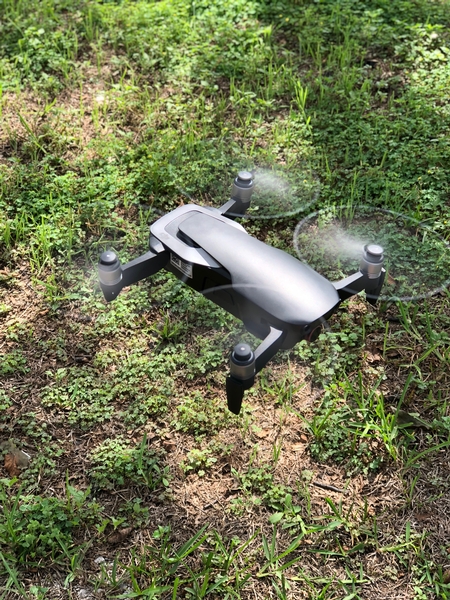
What You Need To Know About Drones
April 20, 2020 by Matt Nuernberg
What You Need To Know About Drones
Over the past twenty years there have been huge advances in all forms of technology and it is no shock that major improvements have been made to nearly every type of hunting and fishing equipment. As a boy I remember walking behind my dad following a blood trail after dark with a Maglite the size of my forearm, and today I own several flashlights that take up less room than a candy bar with battery life and brightness that far exceed the trusty old 4-Cell D Maglites. As a young kid I often thought about how nice it would be to call a helicopter to look for a wounded deer instead of walking through a forest of prickly pear that I was not yet tall enough to see over. With the relatively recent availability, and affordability, of small unmanned aerial systems (sUAS) or drones, the idea of looking for animals from the air is suddenly a realistic option. With that being said, it is not legal for the average person to do so in Texas, but we’ll get into that shortly.
Read More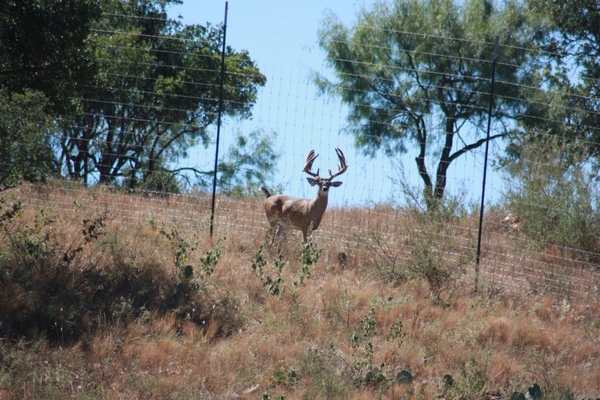
High Fences are Tools
April 22, 2019 by Macy Ledbetter
High fences are tools, just like low fences are. Heck, FENCES are tools, regardless their height, material used, thickness, cost, color, or design. Just like a screwdriver, hammer, or nail, either one is used to help get the job done that the operator desires. If you want to stick two boards together, why use a tape measure? Why not use a nail and hammer? If you want to keep the deer on your property and your neighbor’s deer out, why not use a high fence? If you are only interested in keeping your cows out of the bar ditch, why don’t you build a low fence? Why don’t you build a cinder block fence and not just a net wire fence? Why use barbed or slick wire? Why metal and not wood? Why not rocks or mud?
Tools, that is all they are.
Read More
Hunter and Landowner Ethics
July 21, 2018 by Macy Ledbetter
In my many travels, I see and hear of some pretty amazing deer hunter-landowner related stories. Some are just funny and others are downright unethical. I want to share with you some suggestions to help all of us as outdoor enthusiasts to present a fair and ethical face on all fronts. Some of these may or may not apply to you, but I bet you can relate to all in some form or fashion:
Read More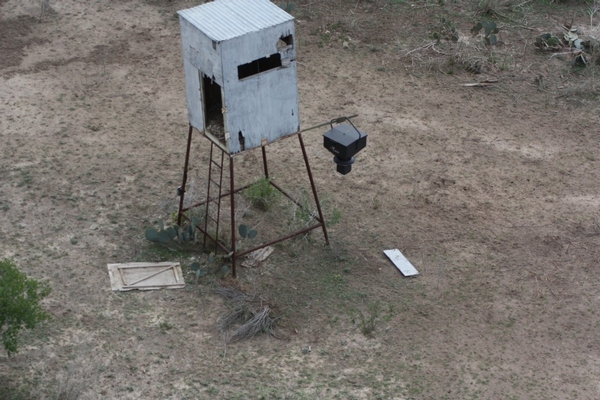
Deer Blind Location
January 31, 2018 by Macy Ledbetter
Blind placement is one of the most overlooked segments of deer hunting I regularly encounter. When selecting a suitable location, don’t think like a human, but like that of a deer. Oftentimes, placing the blind for convenience is much different than placing it where it may offer the best chance for success.
Read More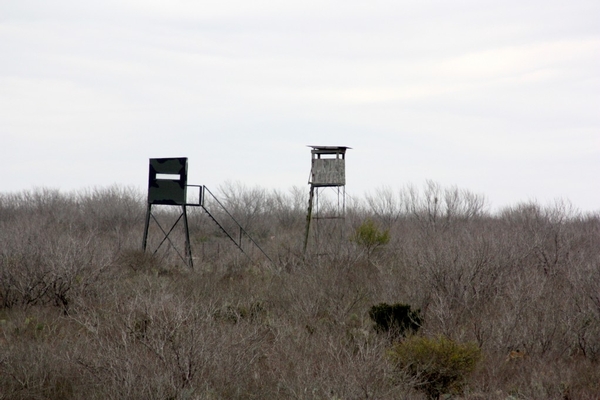
Blind Placement is Critical to Hunter Success
August 01, 2017 by Macy Ledbetter
As my wife gathered her bags before heading to the deer blind, the other hunters stared in amazement. Binoculars, blue seat cushion, pink blanket, water bottle, spotting scope, video camera, flowery-colored knitting bag, colorful balls of yarn and her rifle all slung over her red sweatshirt shoulders. “What is going on here, you headed to a circus or what?” one hunter finally blurted out. The rest of the guys laughed but knew better than to chime in.
Read More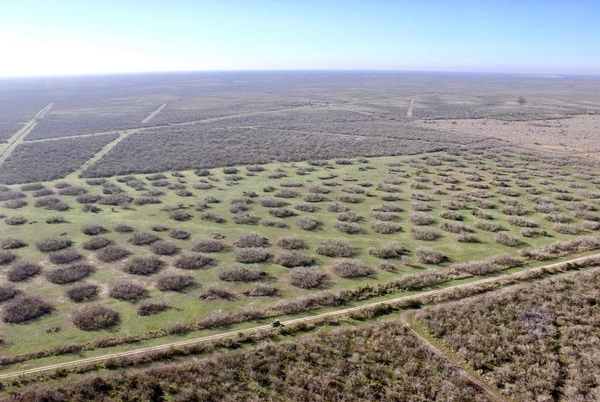
Wildlife Habitat–General Requirements
April 30, 2017 by Macy Ledbetter
Wildlife has a certain requirement for cover. Cover provides a sense of security from disturbance and protection from inclement weather and predators. The amount and kind of cover vary with the species.
Read More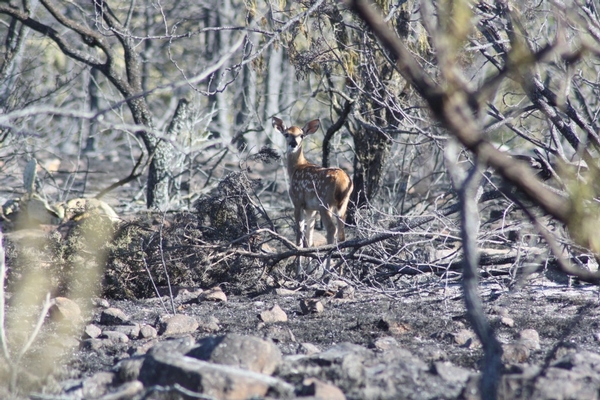
Prescribed Burning for Better Wildlife
April 21, 2016 by Macy Ledbetter
Wildfire and prescribed fire are similar to illegal drugs and prescription drugs. The first can destroy your home and possibly kill you while the second will improve your wildlife habitat and cure your ailments. Wildfires and illegal drugs carry heavy negative impacts while prescribed fire and prescription drugs carry positive and healing impacts.
Read More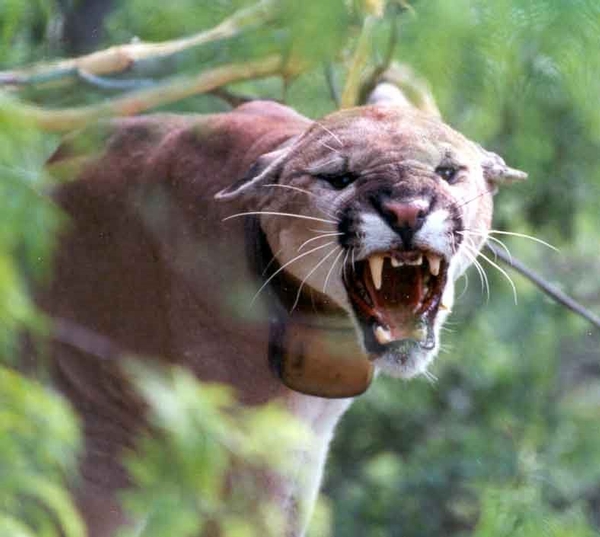
Predator Control and How it Affects Your Hunting Success
April 13, 2016 by Macy Ledbetter
Hunters, managers and landowners all have an interest in raising baby animals. Whether it be calves, lambs, quail chicks, turkey poults, or deer fawns, the end result is the same—without babies you will not have adults. Sounds pretty simple and easy doesn’t it? Don’t be fooled. This article is to remind you of the importance of predator control for the sake of wildlife management.
Read More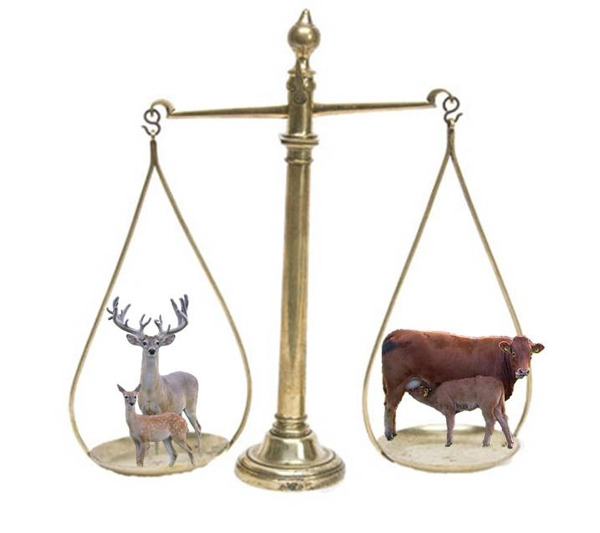
Livestock Management for Wildlife Production
September 15, 2015 by Macy Ledbetter
Grazing management is the planned manipulation of livestock numbers and grazing intensities to increase food, cover, or improve structure in the habitat of selected species. Grazing management includes kind and class of livestock grazed, determination and adjustment of stocking rates, implementation of a grazing system that provides planned periodic rest for pastures by controlling grazing intensity and durations, and/or excluding livestock from sensitive areas to prevent trampling, allowing for vegetative recovery, or eliminating competition for food and cover. Planned deferments can be short or long term, depending on the conditions. Seasonal stocker operations may also be appropriate to manipulate habitat.
Read More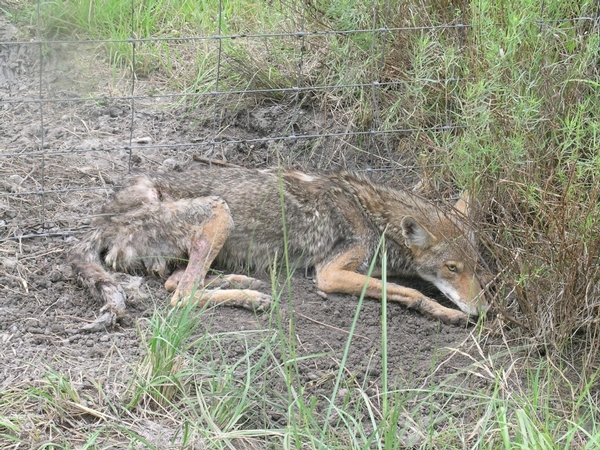
Coyote Management & Recommendations
August 13, 2015 by Macy Ledbetter
Canis latrans are members of the dog family, with adults weighing 20-40 pounds. They prey on a wide variety of animals including rodents, rabbits, deer, game birds and livestock. They also consume vegetation such as prickly pear apples, mesquite beans and persimmons; and readily consume corn and protein feed meant for deer.
Read More